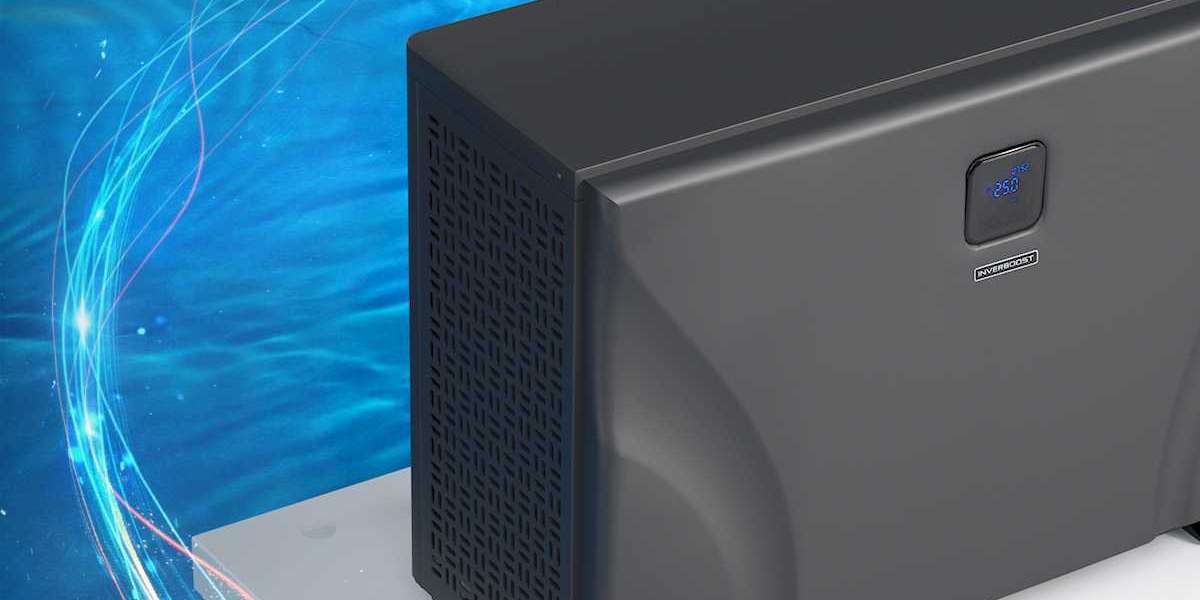In the rapidly evolving landscape of industrial manufacturing, 3D printing has emerged as a revolutionary technology. However, while its benefits are widely celebrated, the hidden dangers of using 3D printers in industrial settings are often overlooked. This article delves into these concealed risks, offering a comprehensive understanding of the potential hazards associated with industrial 3D printing.
The Hidden Dangers of Using 3D Printers in Industrial Settings
3D printing, or additive manufacturing, has transformed the way industries produce components, enabling rapid prototyping and complex designs. Yet, beneath its innovative surface lie several risks that can jeopardize both human health and operational safety. Recognizing these dangers is crucial for mitigating their impact.
Health Risks from Emissions
One of the primary concerns in industrial 3D printing is the emission of ultrafine particles (UFPs) and volatile organic compounds (VOCs). These emissions can pose significant health risks to workers. For instance, prolonged exposure to UFPs can lead to respiratory issues, while VOCs are known to cause headaches, dizziness, and even long-term health problems such as liver and kidney damage. Implementing proper ventilation systems and using personal protective equipment (PPE) are essential steps to mitigate these risks.
Fire Hazards and Material Handling
The materials used in 3D printing, such as certain polymers and powders, can be highly flammable. Improper handling or storage of these materials can lead to fire hazards. For example, a minor spark or static discharge in the vicinity of combustible powders can ignite a fire. Ensuring that materials are stored in appropriate conditions and that fire safety protocols are strictly followed is vital for preventing such incidents.
Mechanical Failures and Operational Safety
Industrial 3D printers are complex machines with numerous moving parts. Mechanical failures, such as jammed print heads or malfunctioning motors, can pose significant safety risks. For instance, a sudden mechanical failure could lead to the release of high-pressure materials or the collapse of heavy components. Regular maintenance and thorough training for operators are crucial to ensure safe and efficient operation.
Cybersecurity Threats
As 3D printing technology becomes increasingly integrated with digital networks, the risk of cybersecurity threats grows. Unauthorized access to 3D printing systems can lead to intellectual property theft, sabotage, or even the production of defective parts. Implementing robust cybersecurity measures, such as encryption and access controls, is essential to protect sensitive data and maintain the integrity of the manufacturing process.
Mitigating the Hidden Dangers of Using 3D Printers in Industrial Settings
Addressing the hidden dangers of using 3D printers in industrial settings requires a multifaceted approach. First and foremost, companies must invest in comprehensive training programs for their employees, ensuring they are well-versed in safety protocols and emergency procedures. Additionally, regular maintenance and inspection of 3D printing equipment can prevent mechanical failures and reduce the risk of accidents.
Furthermore, implementing advanced ventilation and air filtration systems can significantly reduce the health risks associated with emissions. By continuously monitoring air quality and maintaining a clean working environment, companies can protect their workforce from potential respiratory issues.
Lastly, adopting stringent cybersecurity measures is essential to safeguard against digital threats. Regularly updating software, using strong passwords, and restricting access to sensitive information can help prevent unauthorized access and protect intellectual property.
Conclusion
While 3D printing offers numerous advantages in industrial settings, it is imperative to recognize and address the hidden dangers associated with its use. By understanding the potential health risks, fire hazards, mechanical failures, and cybersecurity threats, companies can implement effective strategies to mitigate these risks. Through proper training, maintenance, and safety protocols, the benefits of 3D printing can be harnessed without compromising the well-being of workers or the integrity of the manufacturing process.








